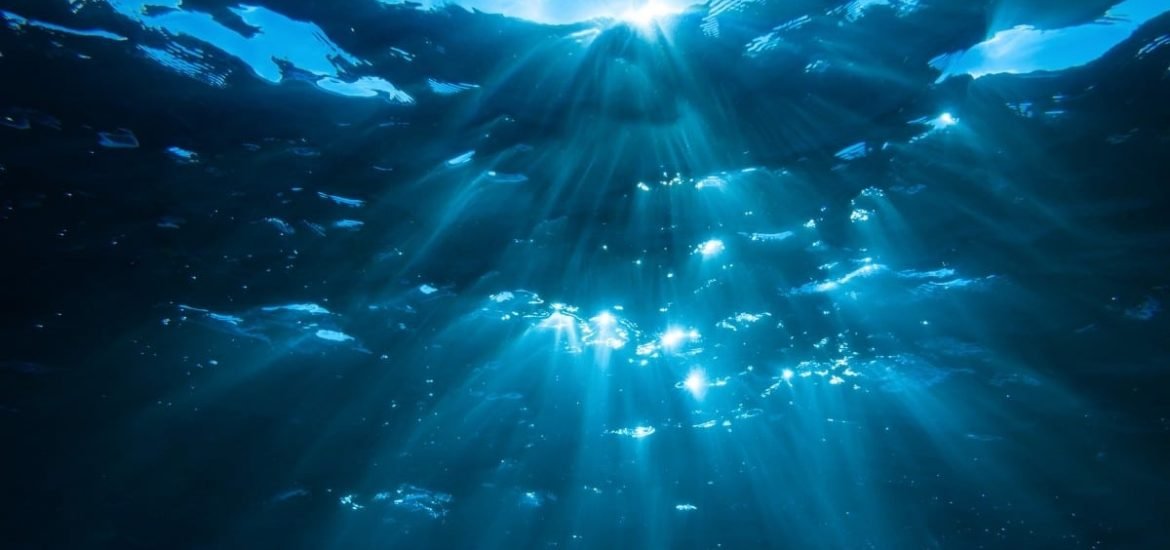
A bacterium from the ancient archaea lineage — single-celled organisms with no nucleus — could help explain how simple microbes evolved into more sophisticated eukaryotes. Scientists have now successfully cultured the bacterium, called Lokiarchaea, in the lab. Results of an arduous 12 years of research were published on 8 August in BioRxiv, an open-access preprint repository that allows scientists to make their findings immediately available to the scientific community (1).
Incredibly, scientists can piece together DNA extracted from the environment using a process called metagenomics. And that’s exactly how this elusive organism — previously only observed as DNA — was successfully isolated and grown by a team of scientists in Japan.
The findings may finally help bridge the current evolutionary gap between simpler microbes and eukaryotes, the cells that create plants and animals – and of course, humans. In contrast, prokaryotic cells that makeup bacteria and archaea are unicellular organisms that lack a nucleus and mitochondria.
The researchers first sequenced genetic fragments of the microbe from sediment discovered at Loki’s Castle, a hydrothermal vent field off the coast of Greenland. And they immediately noticed that this organism was different from others of the same Asgard archaea lineage. Why? Because in addition to procaryotic cells, the aptly names “Loki” organism also possess eukaryotic-like genes. So, this important discovery may very well finally uncover how complex life evolved.
Some scientists believe that around 2 billion years ago a microbe belonging to the Asgard archaea group mopped up a bacterium called alphaproteobacterium. Once settled inside the host, the bacterium may have triggered endosymbiosis — a mutually beneficial relationship — enabling it to evolve into mitochondria. The energy-producing organelles are the “workhorses” most eukaryotic organisms and this could, in fact, be what fuelled the rise of more sophisticated organisms. And a similar process may have led to the first nucleated cells.
Archaea are found in extreme environments and have painstakingly slow growth rates. This makes the bacteria difficult to both isolate and grow, which is why the work has taken so long. Until now, no one has successfully cultured them in the lab.
“The whole field has been waiting for this moment for a long time,” evolutionary microbiologist Dr Simonetta Gribaldo of the Pasteur Institute in Paris told Nature.
To achieve such a feat, the team built a bioreactor that mimics conditions of a deep-sea methane vent in order to cultivate the microbes. After five years, the samples were taken from the bioreactor and transferred to glass tubes, along with some nutrients, where they spent another year, eventually yielding the slow-growing Loki. So, after more than a decade, Imachi and colleagues have cultivated Lokiarchaea in the lab, alongside another methane-producing archaeon.
Being able to extract DNA samples from pure samples of Lokiarchaea — without contamination from other organisms in the sea-bed sediment — allowed the scientist to confirm that they do contain eukaryote-like genes. And the achievement also opens the door to further studies of the Asgard archaea group.
This important work will finally help scientists discover how simple bacteria made the first huge first leap towards more complex lifeforms. And could eventually provide a more complete picture of the evolutionary tree.
(1) Imachi, H. et al. Isolation of an archaeon at the prokaryote-eukaryote interface.
bioRxiv (2019). DOI: 10.1101/726976